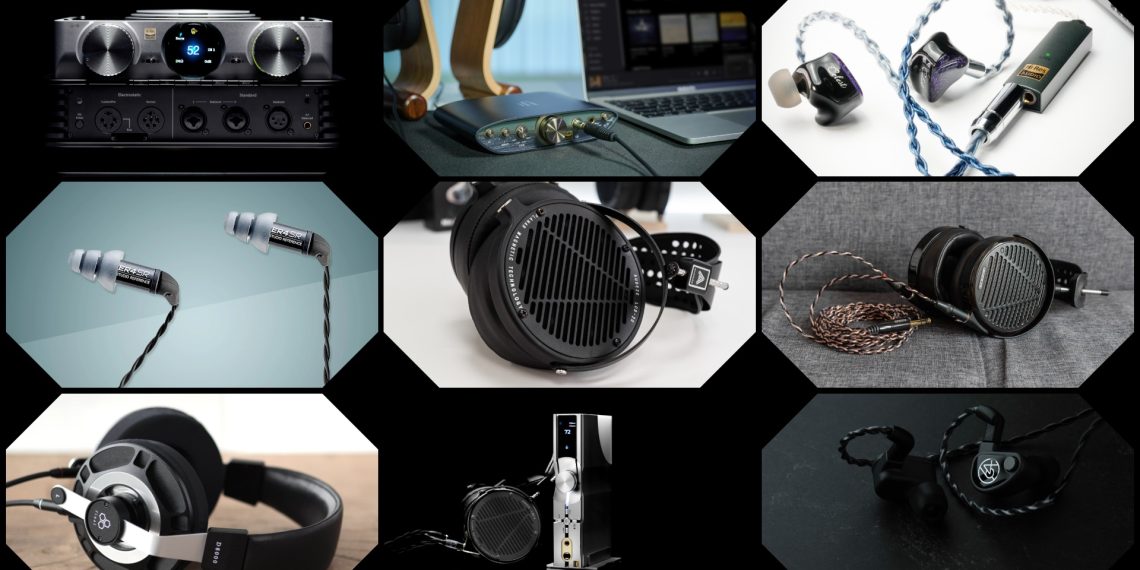The overriding opinion of those who stick with their free RCA interconnects (often provided with Hi-Fi seperates) is that any money spent on upgrading them is wasted. Quality cabling is a slightly alien concept to be fair; the signal passes from A to B anyway, why spend money on cables which will achieve the same end?
Speaking as someone who has thought exactly this in their time, I was interested to know the actual difference between some of Chord’s offerings, and the skinflint equivalent. Is any improvement noticeable at all, how is it better, and is it worthwhile?
To determine this, my colleague John set up a blind test between a studio grade RME audio interface taking a signal from a computer, and a Graham Slee Solo Ultra Linear. These great amplifiers can switch between two inputs using a control on the front of the unit so is perfect for A/B tests. The inputs of the Slee amp came from the same source but using either the high end Chord Anthem Reference cable, or the entry-level Crimson cable.
Being an informal and quick test, rigorous procedures were not followed; I was aware of the cables being compared and it was just me doing the test. I operated the switch myself to select the cables, but I did not know which cable was feeding which input.
Feeling a little nervous, I noted down some of the impressions I got from listening to Level 42’s ‘Something About You’ through a Fostex TH900, with a Grado PS1000 ready for another listen later. I was encouraged to find that perceived differences were quite easy to spot.
- Bell sounds which are pure and stand clear of the mix sound flatter and harder to pick out.
- A synth with a bit of distortion on it (starts on beat 3 of the song) sounds as if it is going through a bit-depth reduction effect or ‘bitcrusher’.
- The bass is slightly muddier with less definition.
- Backing vocals are blended together and less distinct; voices are cleanly separated with the Anthem Reference cables.
- Hi-Hats are more splashy and ill-defined.
Not surprisingly I guessed the correct channel for the cheaper Crimson cable; the blind test showed very clearly the differences between the cables.
I then swapped headphones to the Grado PS1000 – an open headphone of similar quality to the TH900. I found that the PS1000 made it more of a challenge to spot differences but they were still there. Another thing I noticed was a loss of soundstage height with the PS1000 when listening to audio through the cheaper Crimson cable.
In the spirit of further thorough experimentation, the “free with hifi separates” cable was tried. Predictably, the differences were more marked.
- The bells sounds are flat and dull.
- The distorted synth sound requires focused attention to hear through the mix.
- Bass is flatter and flabbier.
- Backing vocals are more blended; both blended together and with the rest of the music.
- Hi-Hats sound more like brief bursts of white noise than cymbals.
The overall impression was of an old cassette recording, relatively speaking. The soundstage was practically limited to the width of the headphones , and high frequencies are messy and splashy. There was a large portion of distortion throughout.
Verdict
Although premium cables like the ‘Anthem Reference’ cables may be out of immediate reach for the average listener, I found that the entry-level ‘Crimson’ model is certainly a worthwhile improvement over the generic black/grey RCA cables. At £55, it is clear to see that this represents great value considering the sonic improvements it offers.







 HiFiHeadphones Best Buy list
HiFiHeadphones Best Buy list